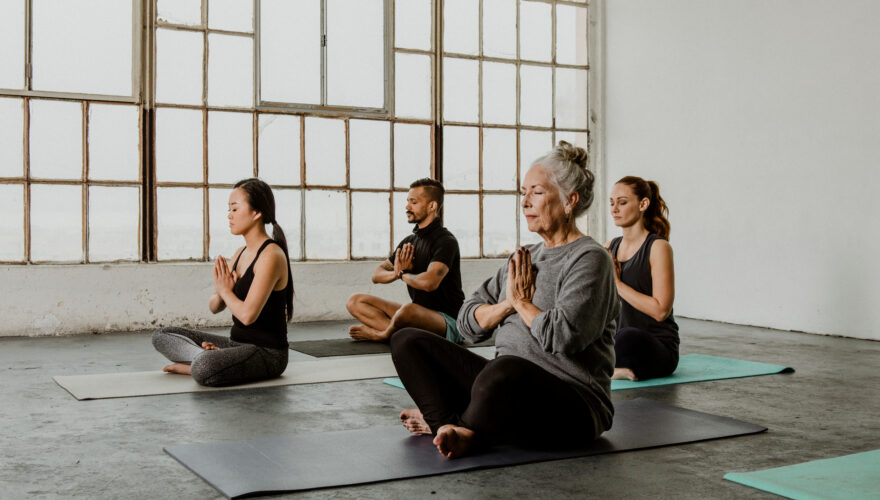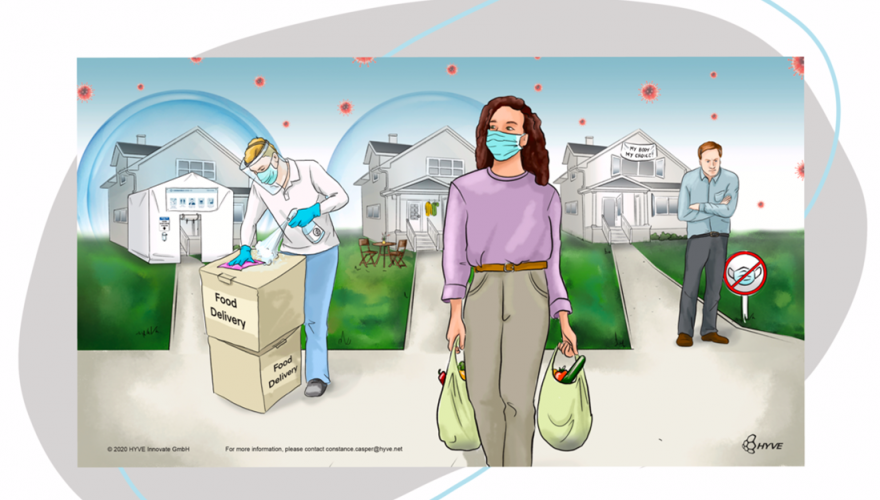What remote testing can do
We can, amongst many other options, for example, do online video calls to perform interviews, use Clickdummies to test apps before they are fully developed, or get fast feedback from a large number of users by using an unmoderated platform.
Through the experience we have gained by doing remote user research in different settings, we have been able to enrich our toolset and accelerate our entire innovation process. Since we’ve experienced how fundamental user research is for a project, and how important good preparation makes it successful, we want to share some of our learnings about conducting remote testings.
5 key tips you need to know for efficient online user testing
- Prepare like you went on a 7-day hike – and not only think about plan a, but also plan b and c for user testing
When talking about shifting user research from the physical to the digital space, one might think that this means less preparation effort, as many aspects such as organizing a venue, printing material, etc., are not necessary anymore.
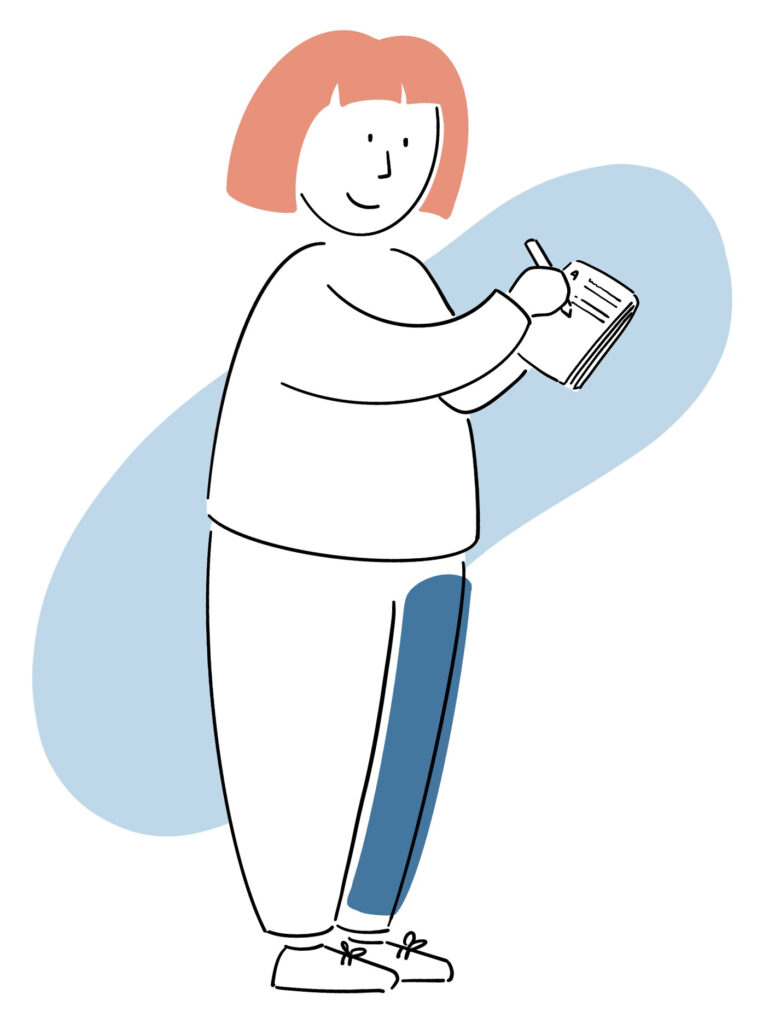
However, doing online interviews demands thorough preparation as well – sometimes even more. Find out more in our Whitepaper.
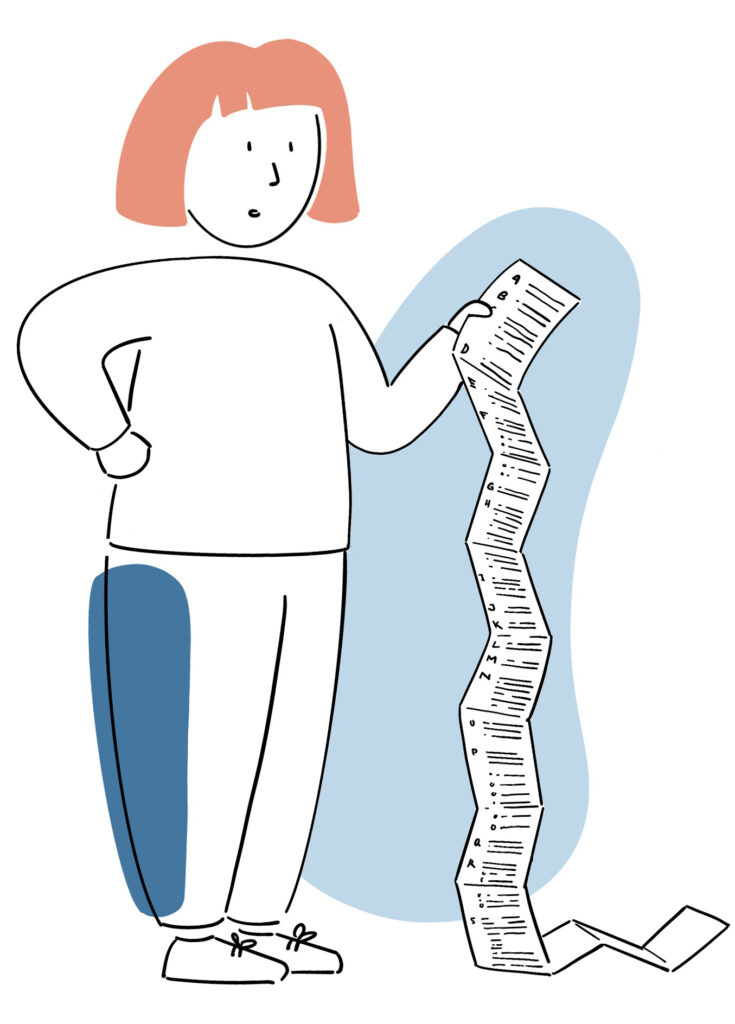
2. Pre-tests can save you – Check your setup internally before starting the user test
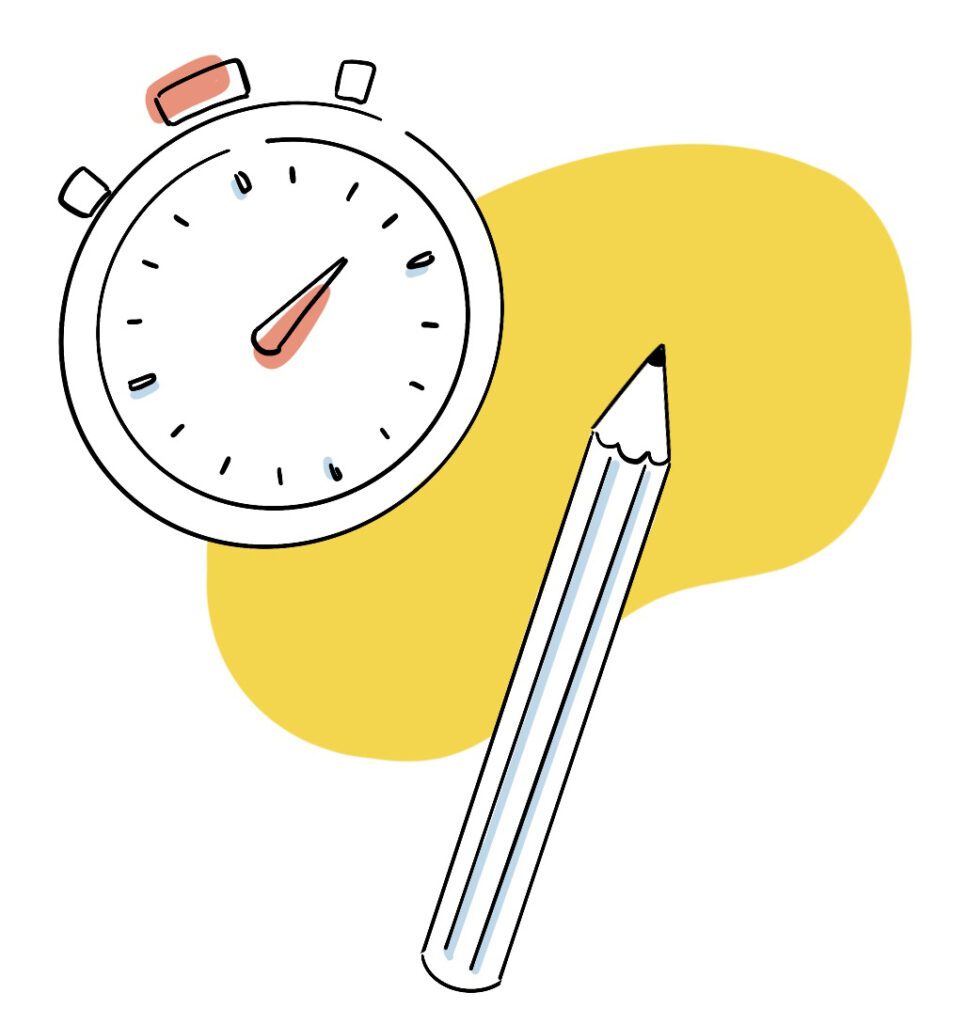
Once you have defined the test set-up, it is time to see how it works. An easy and fast solution is to ask colleagues who aren’t familiar with the project to be the interviewees and go through the complete interview with them.
3. Don’t wait until everything is ready – Simulate the digital experience like a pro
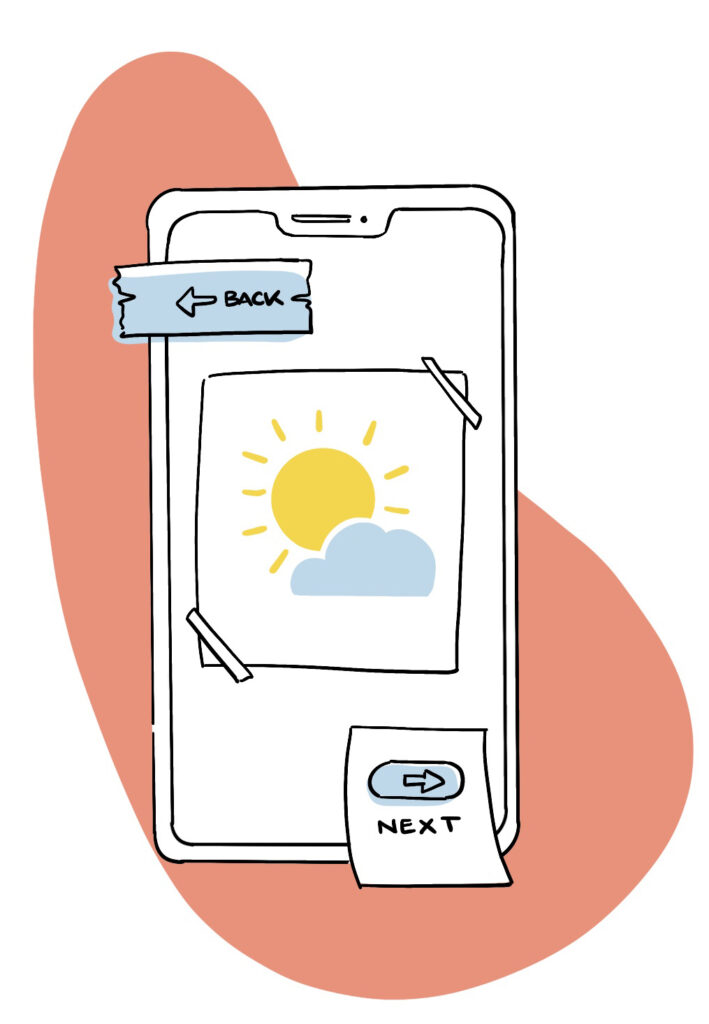
The development of a new product or service can be a long journey. It might feel tempting to wait until everything is developed before seeing how it works, but that would be too late. What can you do to be ahead of time? Find out in our Whitepaper.
4. Create a personal atmosphere – we are all humans, after all!
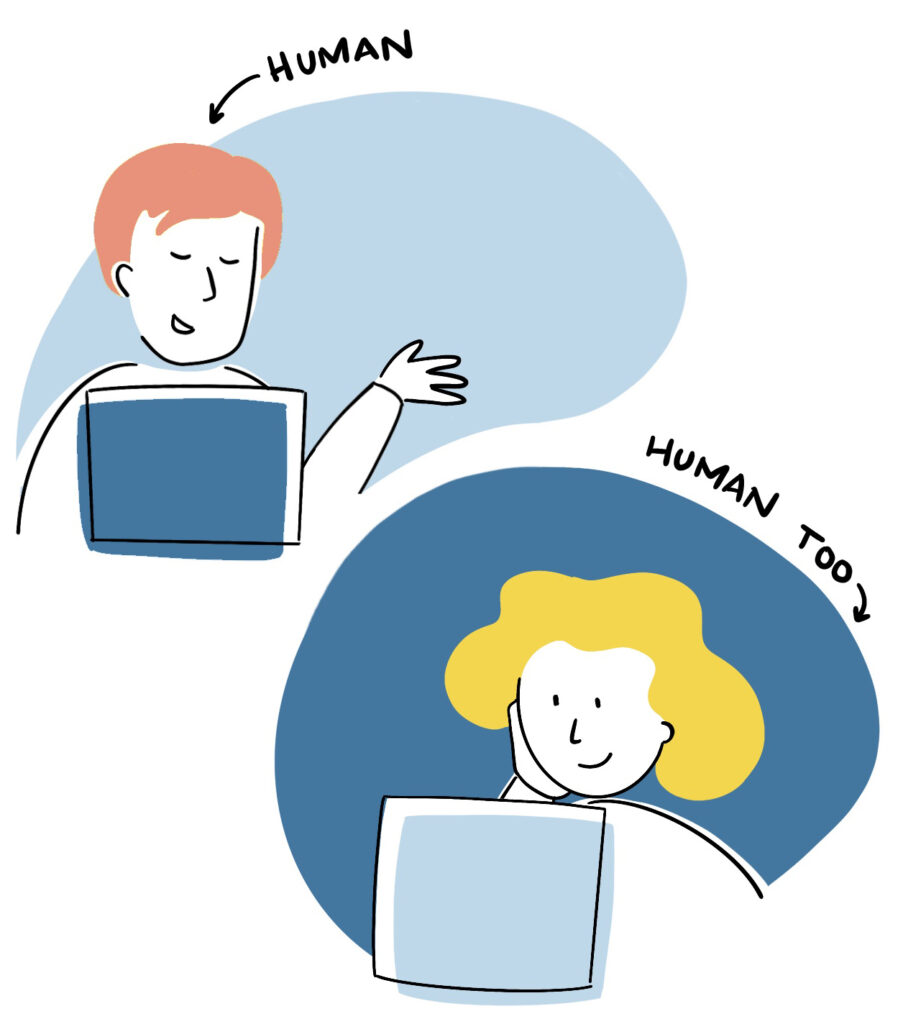
Successful testing is not only about the correct preparation and setup, but also about remembering who is at the center of your evaluation: your interviewees, who are also humans with their own interests, motivation, and ideas. How to do so, can be found in our Whitepaper below.
5. Leverage the digital setting for user testing and make use of the tools you have at hand
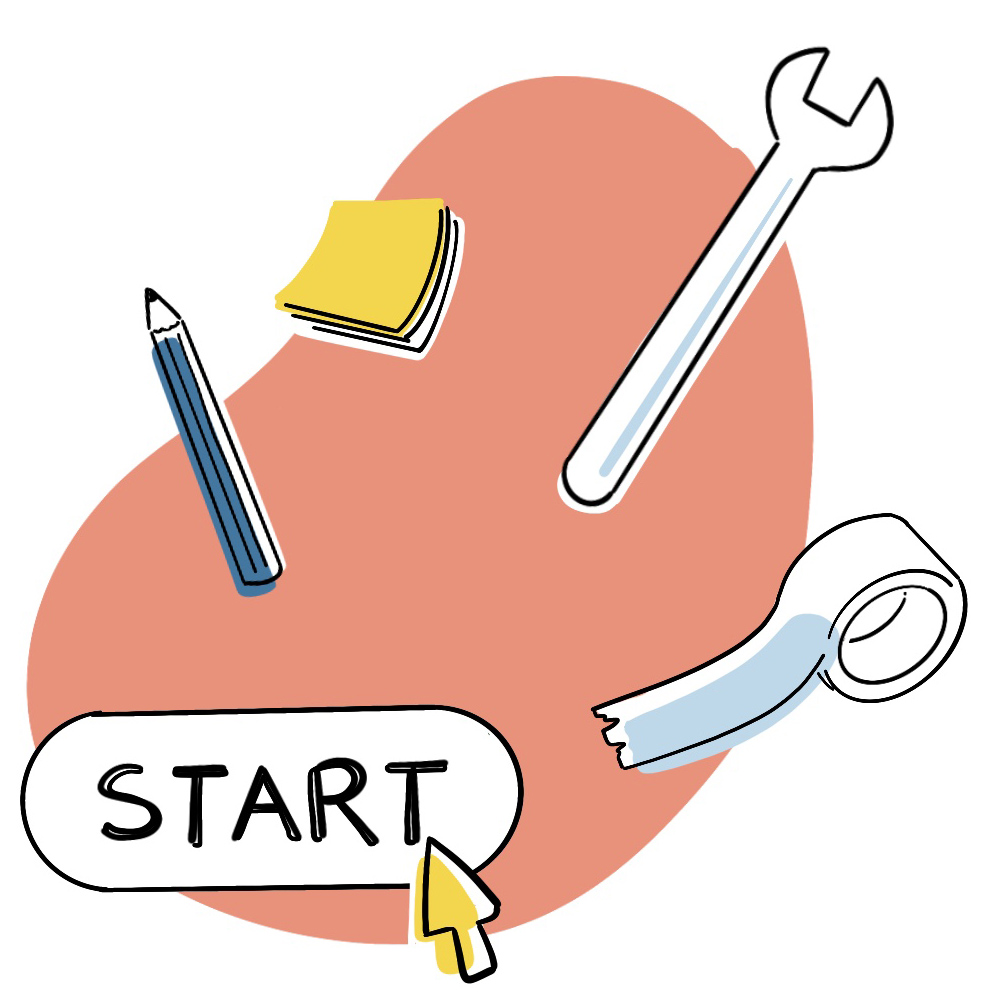
Doing interviews and testings in an online setting also means that you can easily use other tools and methods than you could offline and benefit from their advantages.

